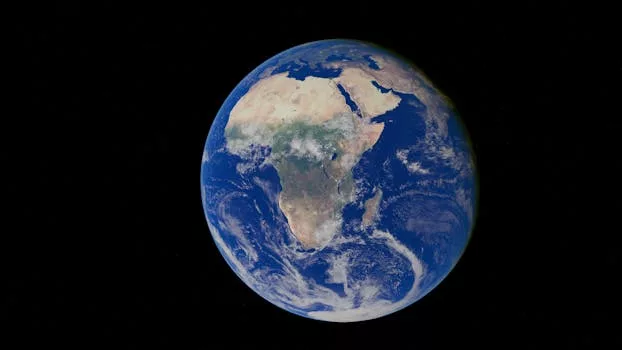
“
From Stardust to Dreams: Imagining Life Beyond the Stars
Introduction to the Cosmos and the Potential for Life
From Stardust to Dreams: Imagining Life Beyond the Stars is an intriguing concept that has captivated human imagination for centuries. As we gaze up at the night sky, we are reminded of the vastness of the universe and the potential for life beyond our planet. The idea that we are not alone in the universe is a thrilling one, and it has sparked intense scientific study and research. In this article, we will delve into the origins of stardust, the building blocks of life, and explore the possibility of life existing elsewhere in the universe. For more on the imaginative aspects of the cosmos, check out The Infinite Universe of Imagination: Beyond Celestial Boundaries.
Understanding Stardust and the Origins of Life
Stardust refers to the cosmic dust that is created when stars are born and die. This dust is made up of heavy elements such as carbon, nitrogen, and oxygen, which are the essential building blocks of life. The formation of these elements occurs through the process of nuclear fusion, where hydrogen atoms are combined to form heavier elements. This process releases a vast amount of energy, which is what makes stars shine. When stars reach the end of their life cycle, they explode in a supernova, scattering the stardust into space. To learn more about how creativity is inspired by these celestial phenomena, visit Stellar Inspirations: Unleashing Creativity Beyond the Stars.
Exploring the Possibility of Life Beyond Earth
The possibility of life existing beyond Earth is a tantalizing one. With the discovery of exoplanets, which are planets that orbit stars other than the Sun, the potential for life existing elsewhere in the universe has increased exponentially. Scientists believe that the conditions that support life on Earth, such as liquid water and a stable atmosphere, may also exist on other planets. The search for life beyond Earth is an active area of research, with scientists using a variety of methods to detect biosignatures, or signs of life, in the atmospheres of exoplanets. For further insights on the imaginative aspects of this search, explore Soaring Through the Cosmos: The Power of Imagination Beyond the Stars.
Imagining Life Beyond the Stars
As we continue to explore the universe and the possibility of life beyond Earth, we are forced to imagine what life might look like on other planets. This is a daunting task, as the conditions on other planets may be vastly different from those on Earth. However, by studying the diversity of life on our own planet, we can begin to imagine the possibilities. From the simplest bacteria to the most complex organisms, life on Earth has evolved to thrive in a wide range of environments. It is possible that life on other planets may have evolved in similar ways, or it may have taken on forms that are beyond our wildest imagination.
Takeaways
- The universe is vast and full of mysteries waiting to be uncovered.
- The potential for life beyond Earth is a thrilling one, and it has sparked intense scientific study and research.
- Stardust, the cosmic dust that is created when stars are born and die, is the building block of life.
- The search for life beyond Earth is an active area of research, with scientists using a variety of methods to detect biosignatures in the atmospheres of exoplanets.
- Imagining life beyond the stars is a daunting task, but it is one that challenges our understanding of the universe and our place within it.




